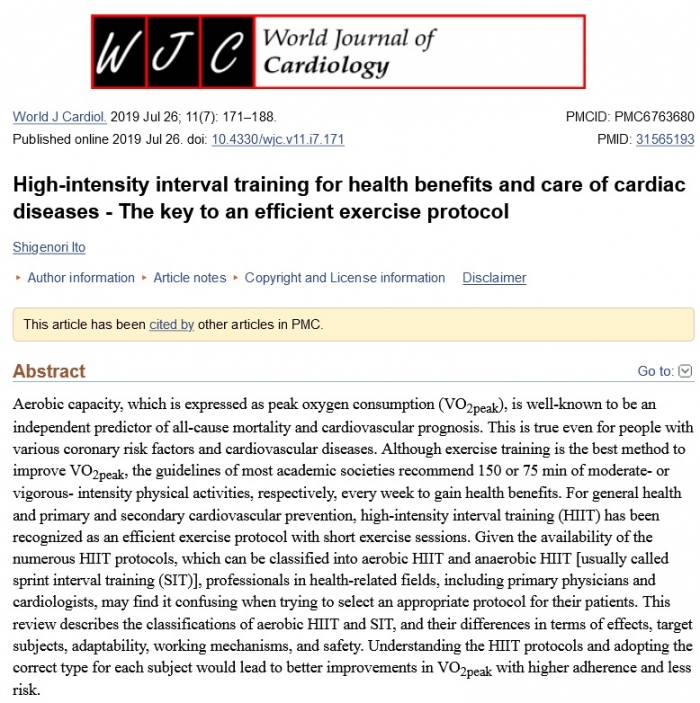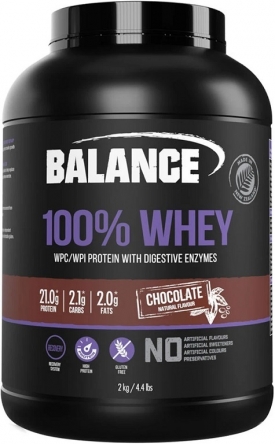HIIT: Save Time & Boost Health
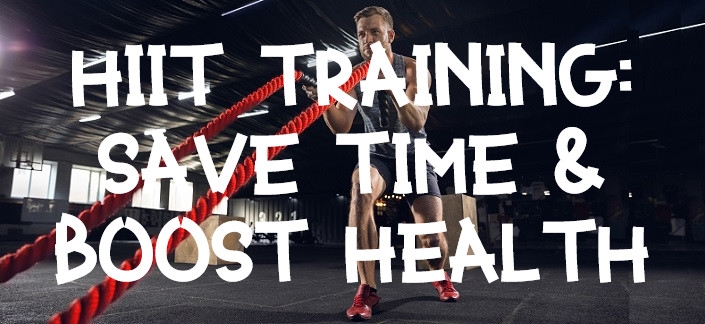
Wouldn’t it be nice if you could get your cardio over and done with in less than 30 minutes, while boosting fitness and overall health in the process?
Delivering more than a runner’s high, High Intensity Interval Training (HIIT) is the performance of an exercise at high intensity for a short period of time, followed by a brief rest period or period of low intensity exercise.
Here's a basic definition from the Cambridge Dictionary:
This type of exercise should involve many of the large muscle groups of the body in order to make it more taxing on the cardio-respiratory system.
If you haven’t heard of this, the “runner’s high” is the euphoric experience after intensive cardio training, typically enjoyed after a long run. This effect is believed to be due to increased endorphin levels in the brain.
Endorphins are natural pain-alleviating brain chemicals (neurotransmitters) that boost mood.
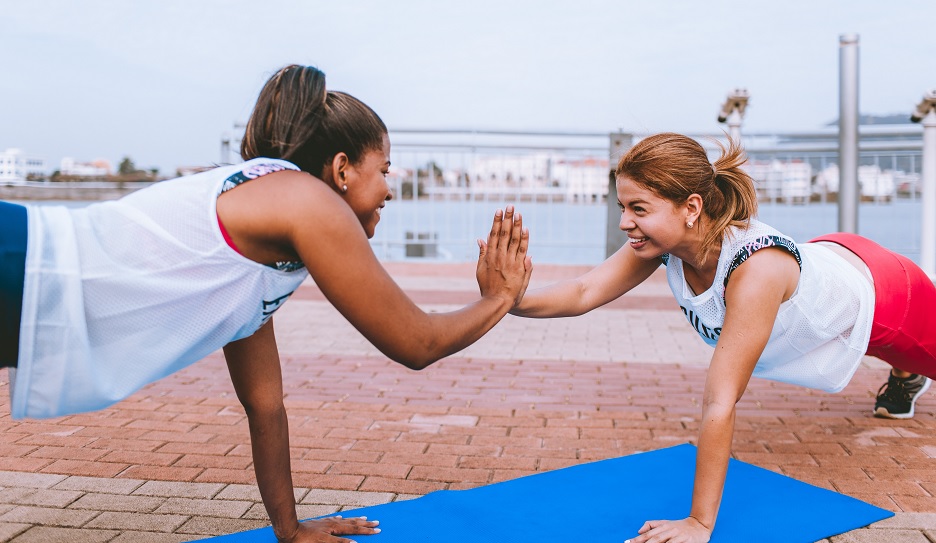
At a time when gym access can’t be taken for granted, short and to-the-point home training can be a fantastic option for maintaining health and keeping your fitness level boosted.
After all, level of fitness is associated with reductions in all-cause mortality. This means, poor fitness levels confers an increased risk of death from a number of causes.

The authors of a paper published in 2019 by the American College of Cardiology, stated “The health and mortality benefits of exercise are too important to ignore”.
The beauty of HIIT training is that it can be done without any equipment at all. However, if your aerobic capacity is already well developed, you may need a piece of equipment to really push yourself to the maximum, such as an air bike, exercise bike, rowing machine or treadmill.
Training without equipment is easy, with plenty of online articles describing exactly what to do. If you are overweight or obese, bodyweight training is all you need until your fitness level increases and bodyweight declines.
Typical bodyweight HIIT training exercises involve hand-release push-ups, jump squats, burpees, mountain climbers, and much more.
Certainly, at a time when taking your health into your own hands could never be quite so important, having a solid exercise program under your belt is as essential as having access to clean water.
Health Benefits of HIIT
The simple fact is, aerobic capacity is an independent risk factor for all-cause mortality. Apart from this, there are plenty of other benefits associated with HIIT training.
Any type of vigorous activity that involves muscle use also places stress on the skeleton. This offers two tiered benefits for supporting lean muscle mass but also improving bone mineral density.
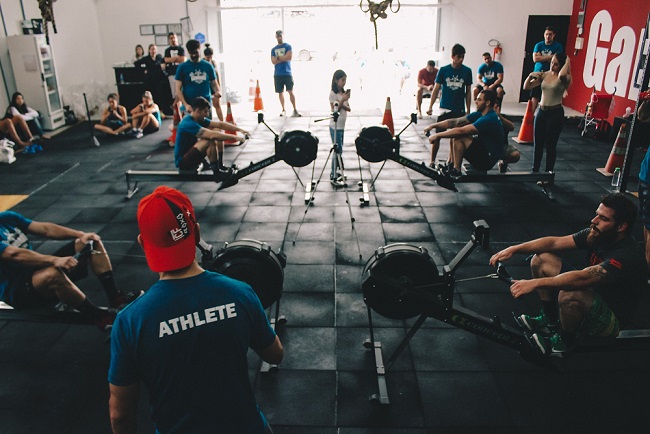
Of course, if you are engaged in sprint interval training (SIT), this mostly places stress on the lower limbs. Therefore, the muscle and bones of the upper body won’t benefit as much from this type of activity.
For this reason, as it is with any form of exercise, it’s always a great rule of thumb to try to engage the lower and upper body.
Though you won’t achieve the same amount of bone strength increases and muscle growth as a resistance or weight training program, HIIT does still offer some benefits in these areas.
When it comes to calorie burning, we’ve all heard the stories of the ineffectiveness of exercise compared to a quality diet that is either low carb or calorie balanced, or both.
And it's true. Burning calories through exercise is a lot harder and more time consuming than simply not eating that donut or bag of chips.
And then there's the age-old story that you have to train for more than 20 minutes before you can access your fat stores for energy.
Well, the fact of the matter is you're accessing your fat stores right now for energy. Beta Oxidation is a process that never entirely shuts down, even on low fat diets!
However, the relative proportion of fat-burning as opposed to glycogen burning does shift with more steady-state endurance exercise, referred to as Moderate Intensity Exercise.
However, this isn’t to say that even 10 minutes of HIIT performed at 90% VO2 won't crank up your metabolism for hours, if you choose the right form of training.
It's all due to the sympathetic nervous system tone, and elevations in resting metabolic rate.
And HIIT training has been shown to do just that, which is helpful for keeping lean or reducing your waistline if you’re trying to drop some unwanted kilograms.
The real benefits for HIIT Training seem to come from improved metabolic and cardiovascular health. Expect improved mental health, blood pressure, insulin sensitivity, lowered heart rate and reduced bodyfat levels.
Length of Session for HIIT
For starters, begin with three sessions per week for HIIT training.
On your days off HIIT, you may like to go for a walk or engage in some resistance exercise, such as calisthenics or weight training.
Resistance exercise complements aerobic exercises, like HIIT, quite nicely. Resistance exercise boosts muscle mass levels and bone density, which are important health markers.
Most HIIT sessions indicating major boosts on VO2 are engaged in for four bouts of 4 minutes all-out high intensity exercise, with 3 minutes of active recovery between sets. This would look something like this:
- 4 Minutes High Intensity Exercise @ 85-90% Maximal Heart Rate.
- 3 Minutes Light Walking or other Light Exercise (active recovery).
- Repeat three more times.
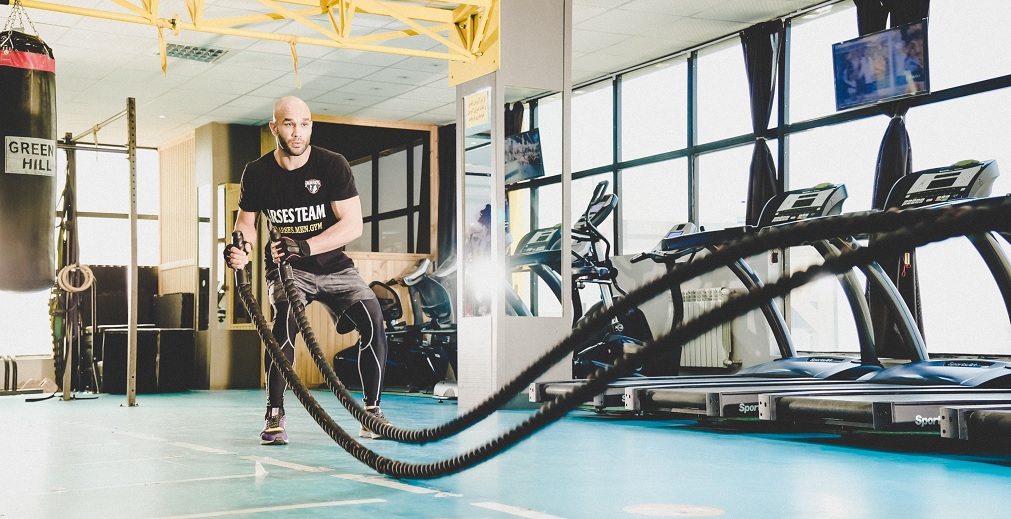
However, four minutes is a long time to engage in any high intensity activity. You may like to start with 30 seconds if you’ve been sedentary for some time, and build up from there.
The main thing with any form of exercise is that you find a way to stay motivated, whether this involves training to an online video or with friends or family.
Sometimes, the best option is to get the training done first thing in the morning, this way you’re not fretting over it all day.
Then, you can cruise through the day knowing that you’ve already achieved something remarkable and made inroads to some major health improvements.
And there’s always room for treating yourself once you’ve hit your weekly or monthly targets. You can even mark it on your calendar.
This “treat” doesn’t have to involve junk food, but instead may be a trip to your local cinema, a meal at a restaurant or a new pair of training shoes!
Post-Workout Recovery Supplements
After exercise is always a great time to enjoy some quality protein to support recovery. Sporty’s Health offer a number of premium whey and vegan options available that taste great.
Whey protein isolate or an isolate/concentrate blend is perfect for use after exercise. Balance offer a quality isolate protein as well as a blend. They are both lean products, containing minimal calories and a high protein content.
If plant-based is more your style, check out Rule 1 Plant Protein, Prana ON Protein Powder, Veego Plant Protein and Natures Best.
These products, whether they’re whey or vegan, offer a complete amino acid profile, to ensure your body is optimally supported.
Essentially, any high quality protein food or protein powder will initiate a crucial process in the body that is associated with greater adaptation to the form of training that you're doing.
This biological process is referred to as protein synthesis, which repairs and rebuilds damaged muscle fibres, or even simply turns-over older body proteins to freshen them.
If your goal is to drop bodyfat and improve overall health, just remember, for many it's not just about the calorie equation of eating less than you burn off, though this is important in and of itself.
Ideally, learn everything you can about insulin resistance. If you really want to know where you're at, ask your healthcare practitioner for an "oral glucose tolerance test with insulin".
This will indicate whether you're insulin resistant and pre-diabetic or not. If you are, talk to your healthcare practitioner about the benefits of a low carb diet.
Then you've got a diet and exercise program that should lead to some rapid and beneficial changes in body composition and wellness.




